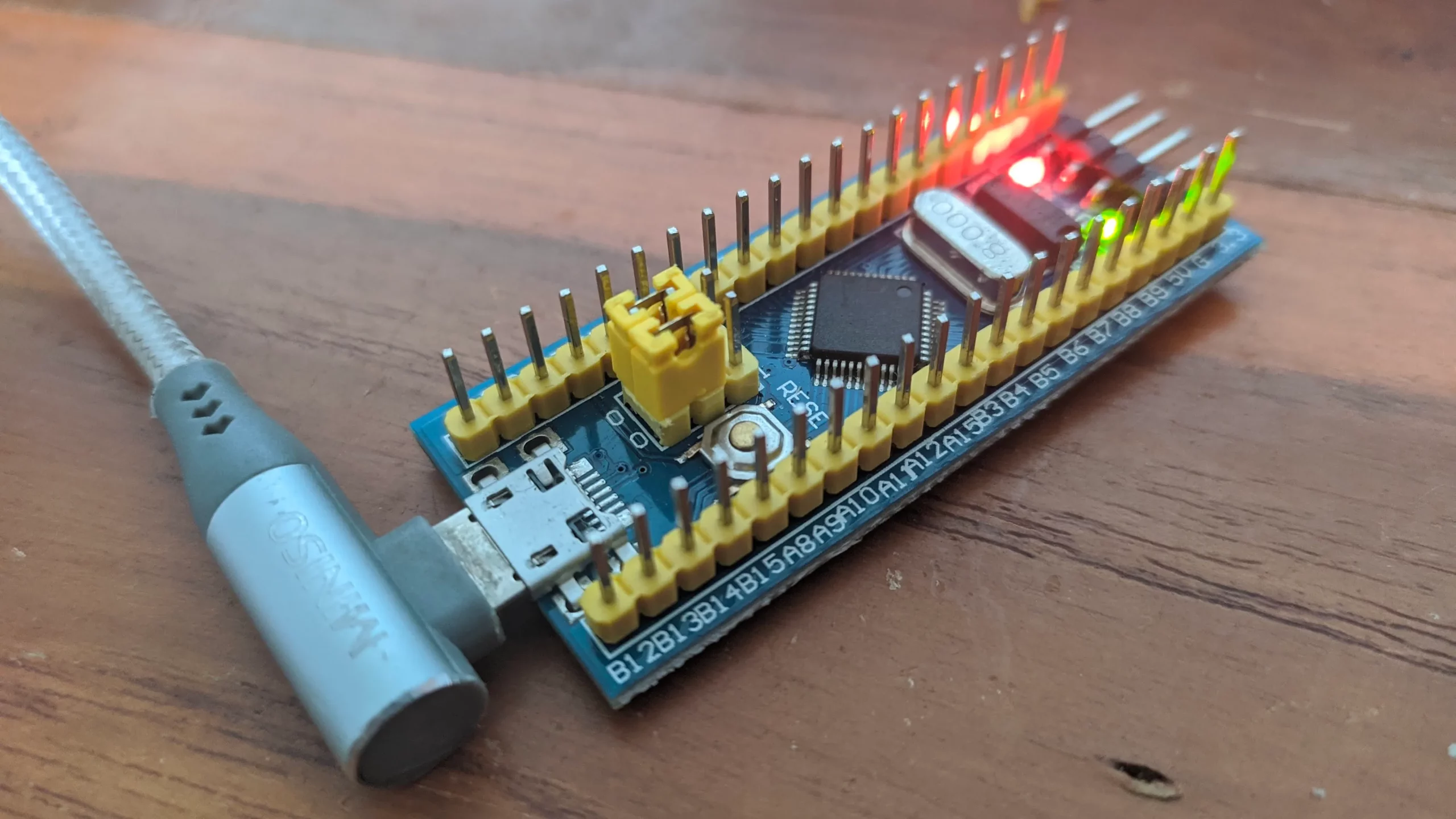What is Knurling?
Knurling is a manufacturing process used to create a pattern of straight, angled, or diamond-shaped grooves or ridges on the surface of a workpiece, typically a cylindrical or round object like a knob, handle, or grip. This process is commonly used to improve the gripping surface of the object, making it easier to hold and turn, while also enhancing its appearance.
Purposes of Knurling
Knurling serves several important purposes:
- Improved Grip: The primary purpose of knurling is to create a textured surface that provides better grip and control when handling the workpiece. This is particularly beneficial for tools, hand-operated devices, and machine components that require a secure grip during operation.
- Anti-Slip Properties: The grooves and ridges created by knurling act as a non-slip surface, preventing the workpiece from slipping out of the user’s hand or from other surfaces it comes into contact with.
- Aesthetic Appeal: In addition to its functional benefits, knurling can also enhance the visual appearance of the workpiece, adding texture and visual interest to the design.
- Identification: Knurled surfaces can be used to identify specific components or parts, especially in industrial or mechanical settings where quick identification is crucial.
Types of Knurling
There are several types of knurling processes, each producing a different pattern or configuration of grooves and ridges. The most common types include:
- Straight Knurling: This type of knurling produces straight, parallel grooves or ridges along the surface of the workpiece.
- Diamond Knurling: Diamond knurling creates a pattern of diamond-shaped or criss-cross grooves on the surface, resulting in a more aggressive texture.
- Spiral Knurling: In this process, the knurling tool is fed diagonally across the workpiece, creating a spiral pattern of grooves or ridges.
- Undercut Knurling: This technique involves creating an undercut or recessed pattern, where the grooves are deeper than the ridges, providing a more secure grip.
Knurling Process

The knurling process typically involves the following steps:
- Workpiece Preparation: The workpiece is initially prepared by ensuring it is clean and free from any surface defects or contaminants that could affect the knurling process.
- Tool Setup: The knurling tool, which consists of a set of hardened steel wheels or rollers with the desired pattern, is mounted on the lathe or knurling machine.
- Workpiece Positioning: The workpiece is securely clamped or held in place on the lathe or knurling machine, ensuring it is properly aligned with the knurling tool.
- Knurling Operation: The knurling tool is brought into contact with the workpiece, and either the tool or the workpiece is rotated, depending on the machine setup. Pressure is applied to the knurling tool, causing it to press into the surface of the workpiece and create the desired pattern.
- Finishing: After the knurling process is complete, any excess material or burrs may be removed through deburring or finishing operations, if necessary.
Materials Suitable for Knurling
Knurling can be performed on a variety of materials, including:
- Metals: Steel, aluminum, brass, and other non-ferrous metals are commonly knurled.
- Plastics: Certain thermoplastics, such as nylon, polycarbonate, and ABS, can be knurled, although the process may require specific tooling and adjustments.
- Wood: Knurling can also be performed on wood, particularly for decorative purposes or to create specialized gripping surfaces.
Applications of Knurling
Knurling finds applications in various industries and products, including:
- Hand tools (e.g., pliers, wrenches, screwdrivers)
- Machine components (e.g., knobs, handles, grips)
- Sporting goods (e.g., golf clubs, baseball bats)
- Firearm components (e.g., pistol grips, magazine release buttons)
- Automotive parts (e.g., shift knobs, control knobs)
- Decorative items (e.g., pens, lamps, furniture)
Frequently Asked Questions (FAQ)
- Can knurling be performed on any material? While knurling can be performed on a variety of materials, including metals, plastics, and wood, the specific material properties and characteristics may require adjustments to the knurling process, tooling, and parameters. Softer materials may require lower pressures or specialized tooling to achieve the desired pattern without damaging the surface.
- Is knurling a permanent process? Yes, knurling is generally considered a permanent process, as it creates grooves or ridges that are physically imparted onto the surface of the workpiece. However, in some cases, the knurled surface can be removed or modified through additional machining or surface treatment processes.
- Can knurling be performed on curved or irregular surfaces? While knurling is most commonly performed on cylindrical or round surfaces, it can also be applied to curved or irregular surfaces with the use of specialized tooling and techniques. This may involve using contoured knurling tools or adjusting the workpiece positioning and feed rates to accommodate the irregular geometry.
- What are the advantages of knurling over other surface texturing methods? Knurling offers several advantages over other surface texturing methods, such as improved grip, anti-slip properties, and the ability to create intricate patterns. Additionally, knurling can be performed on a wide range of materials and is a relatively simple and cost-effective process compared to some alternative methods.
- Can knurling be automated or integrated into production lines? Yes, knurling can be automated and integrated into production lines or manufacturing processes. Automated knurling machines or robotic knurling systems can be employed to ensure consistent and efficient knurling operations, particularly for high-volume or repetitive applications.
By following these instructions, you have now created a comprehensive article about knurling, covering its definition, purposes, types, processes, suitable materials, applications, and frequently asked questions. The use of headings, lists, and the FAQ section helps to organize the information and make it more readable and visually appealing for the reader.





